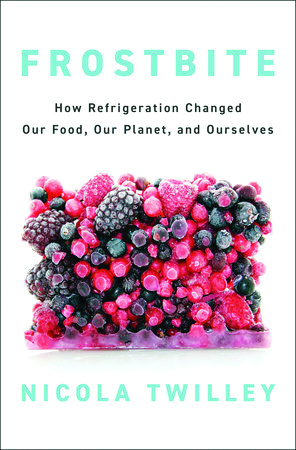Tom Dixon Band (briefly) back in New England
Music fans scanning upcoming shows recently did a double take when Tom Dixon’s name popped up.
The country rocker and his band were ubiquitous from the mid-2000s on, but in 2013 he moved to Nashville. For a few years he’d come back for an occasional mini tour. However, by 2018 he’d hung up his guitar and pen to become a dog trainer.
Dixon has been dipping his toes back in musical waters of late. A show with his band at a campground in Hohenwald, Tennessee, in June, a couple more at a Virginia brewery and a winery in Lewisburg. He even dusted off an old song of his, “Truckin’” — not the one by the Dead — and made a dozen ballcaps to celebrate.
He’s excited, he said by phone in early August, because now playing is a choice, not a job. Dixon is also stoked to finally be back in New England for a few shows with his old band mates.
“That’s what’s fun about this part of my career; I’m not rushing to have something new and stay fresh,” he said. “When I make music, it’s what I want, or what my friends want.”
He’s headed back, for the first time in two years, to play some shows in his old stomping grounds. There’s a sentimental trip to Salisbury Beach, Mass., where he introduced line dancing to a bar called Surfside over a decade ago, and a couple of shows at the Caledonia Fair in Northern Vermont, one with his band and another with Saving Abel’s Jared Weeks and Big Vinny of Trailer Choir.
In New Hampshire, he’ll do a full band show Aug. 17 at Stumble Inn in Londonderry, a roadhouse where Dixon spent a lot of time before heading south.
“We used to play Slammers out in Bedford, that was our place,” he said. “It disappeared, and Stumble Inn became the place … as many venues as I’ve played anywhere, that’s always kind of home. I go back, and I always go there.”
When his clients asked about him taking time off, Dixon joked with them.
“They’re like, ‘what are you doing, going on vacation?’ I said, ‘No, I’m going to go pretend to be a rock star again, get back on the road and play some music.’ We’ll see how it goes. I’m looking forward to seeing so many people. That’s the best part.”
Even if Dixon isn’t quitting his day job, he’s more focused on making music. Along with updating “Truckin’” he recorded a song called “We Used to Be Rock Stars” with Ben Kirsch. “It’s not about being a musician, but about getting older,” he said. It continues an effort that began with “The Weekend,” released in early 2020 — no, you don’t need to remind him of the timing. The song was an affirmation and actually got a decent amount of pandemic streams.
“Nashville kept telling me who I needed to be; I was trying to reinvent who Tom Dixon was for so long, but things slowed down, and I wasn’t listening to Nashville anymore,” he said. “I took a break from things … I decided to look at the history of streams and online downloads and stuff over the years and the top ones were all songs that were my style from before moving to Nashville. It was so crazy.”
Chastened, he wrote the new tune.
Now, with songs like “Rock Stars” and the voice memos on his phone that he’s spending more time with, “I can do this my way now,” he said. “I came from Manchester; it always was a rock town. I remember having to go into rock venues to get gigs, that’s where I had to be years ago. I should have just stuck with that melding of rock and country … versus trying to reinvent what Nashville was telling me I was supposed to be. Now, I get to be me.”
Tom Dixon Band
When: Saturday, Aug. 17, 8 p.m.
Where: Stumble Inn, 20 Rockingham Road, Londonderry
More: tomdixonmusic.com
Tom Dixon also appears solo at Stumble Inn on Wednesday, Aug. 21, 7 p.m.
Featured photo: Courtesy photo.






